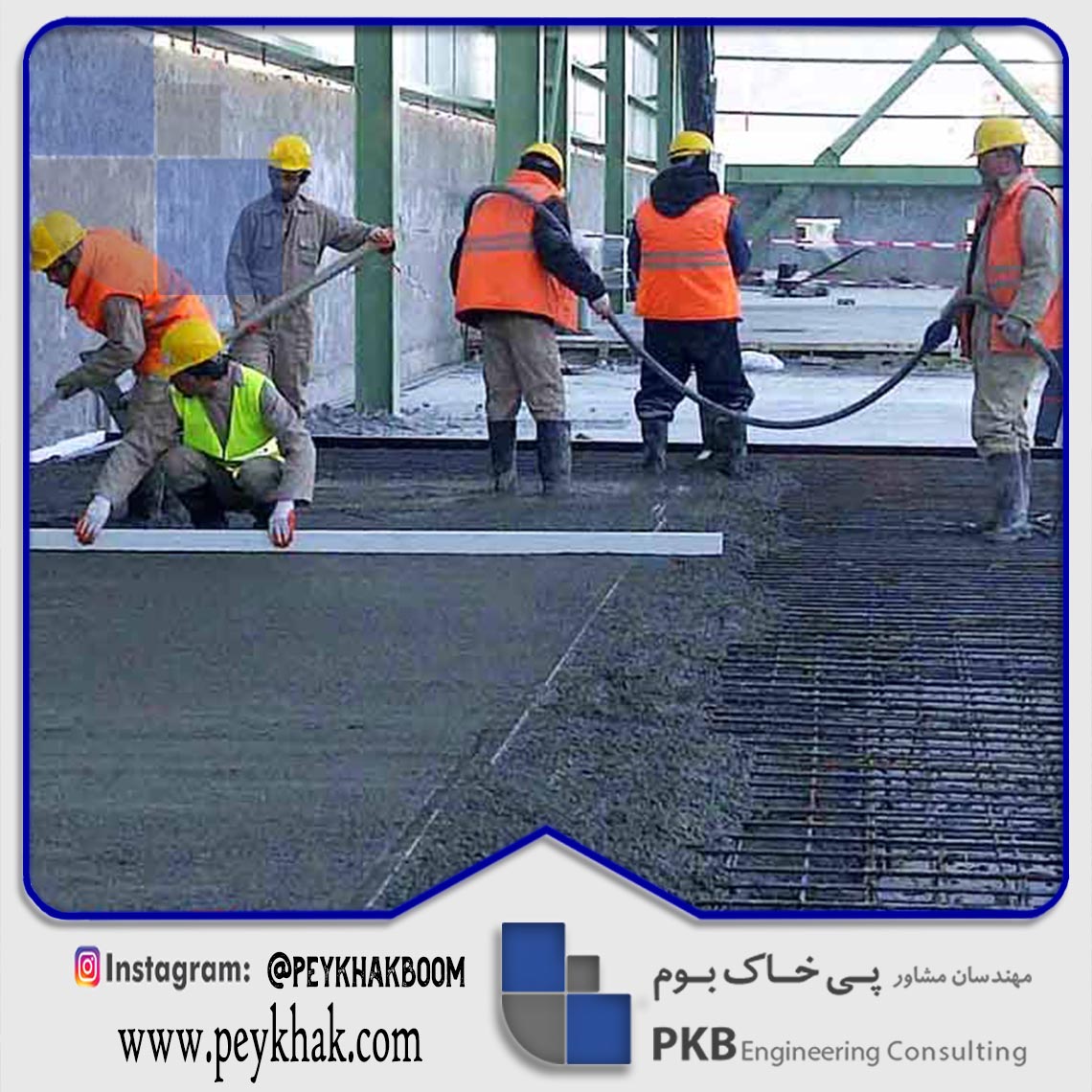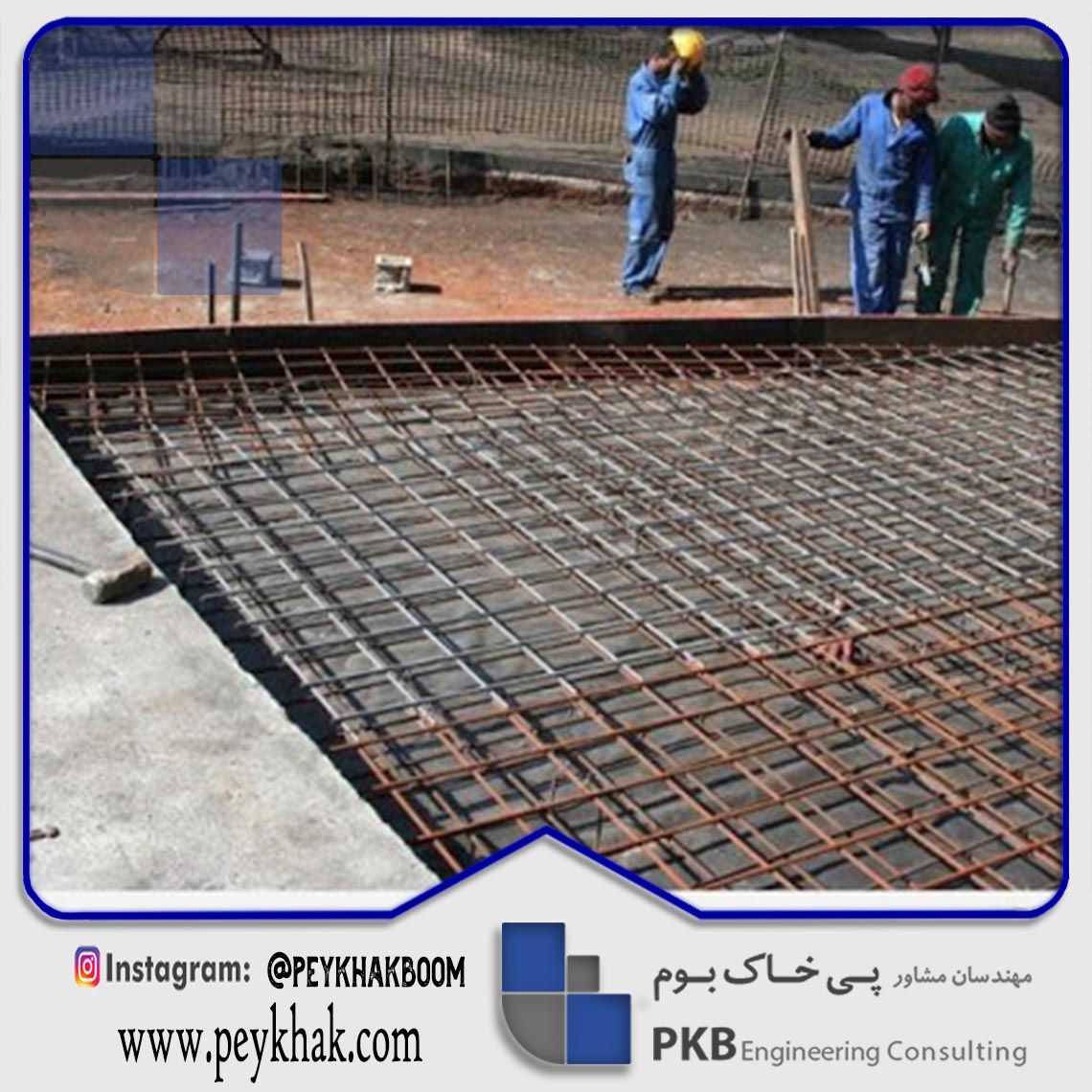Concrete slab is a type of roof that is integrated into materials such as concrete and steel. This slab is used in the construction of various types of structures and in the construction of deck types of bridges and floors, and its components are rebar and concrete. Concrete slab is most commonly used on the floor and its thickness is between 1 and 2 cm. Slabs that are less thick are used as paving slabs.
Construction of concrete slab
Concrete slabs can be prepared either on site or in a prefabricated form. How to prepare it at the project site is done by the molds in which the concrete paste is poured. Before reinforcing concrete, a series of reinforcing bars are molded and held in place by plastic materials. This allows the bars to be completely covered by concrete. Molds used in concrete slabs are made of plastic, steel or wood plates. Steel and plastic molds are used to build projects where the quality of work is of the utmost importance. In some places, there is no need to use mold, such as floor slabs surrounded by brick walls or bricks, as the walls act as molded tray walls. Unlike the concrete slab that is made at the project site, the prefabricated concrete slab is manufactured at the plant and transported to the project site. The slab support on the structure must be of precise dimensions so that the slabs are correctly installed in place.
Types of concrete slabs
Concrete slab ceiling is implemented in the following types:
One way concrete slab
If the ratio of the larger crater to the smaller crater is greater than 1 and the slab is on the opposite edge, it will be one-sided. In this slab, the loads are transferred in the longitudinal direction. If the supports support the slab on its four sides, the slab is also one-sided. In both cases only reinforcement should be installed along the smaller openings.
Two way concrete slab
If the ratio of the larger crater slab to its smaller crater is less than 1, and the slab is supported by its support on its four sides, it can be bidirectional. In this slab, the main reinforcement should be run in both directions as the force is transmitted in both longitudinal and transverse directions.
Important points when handling and handling concrete slabs
Adequate manpower must be used to pay for concrete slabs to properly handle and process concrete slabs due to the temperature of the concrete and the impact of weather conditions on the concrete.
The land on which the slab is to be run should have a uniform bearing capacity and be properly drained.
The surface of the floor must be moistened with water before concreting, but the surface must be dry when concrete is started.
Concrete should not be poured into molds faster than they can be spread and leveled or stenciled. For this purpose, prior to leveling, the concrete should not be spread over a large surface, nor should the level of concrete be leveled, or the water caused by dropping on the surface should be leveled.
The side moldings and the middle separator must be strong enough to withstand vibrational and mechanical alignment devices. These templates should be carefully positioned with respect to surface finishes and alignment paths.
Concrete slabs are paid in different ways:
Align concrete slab
Alignment means removing excess concrete from the surface in order to achieve proper alignment.


